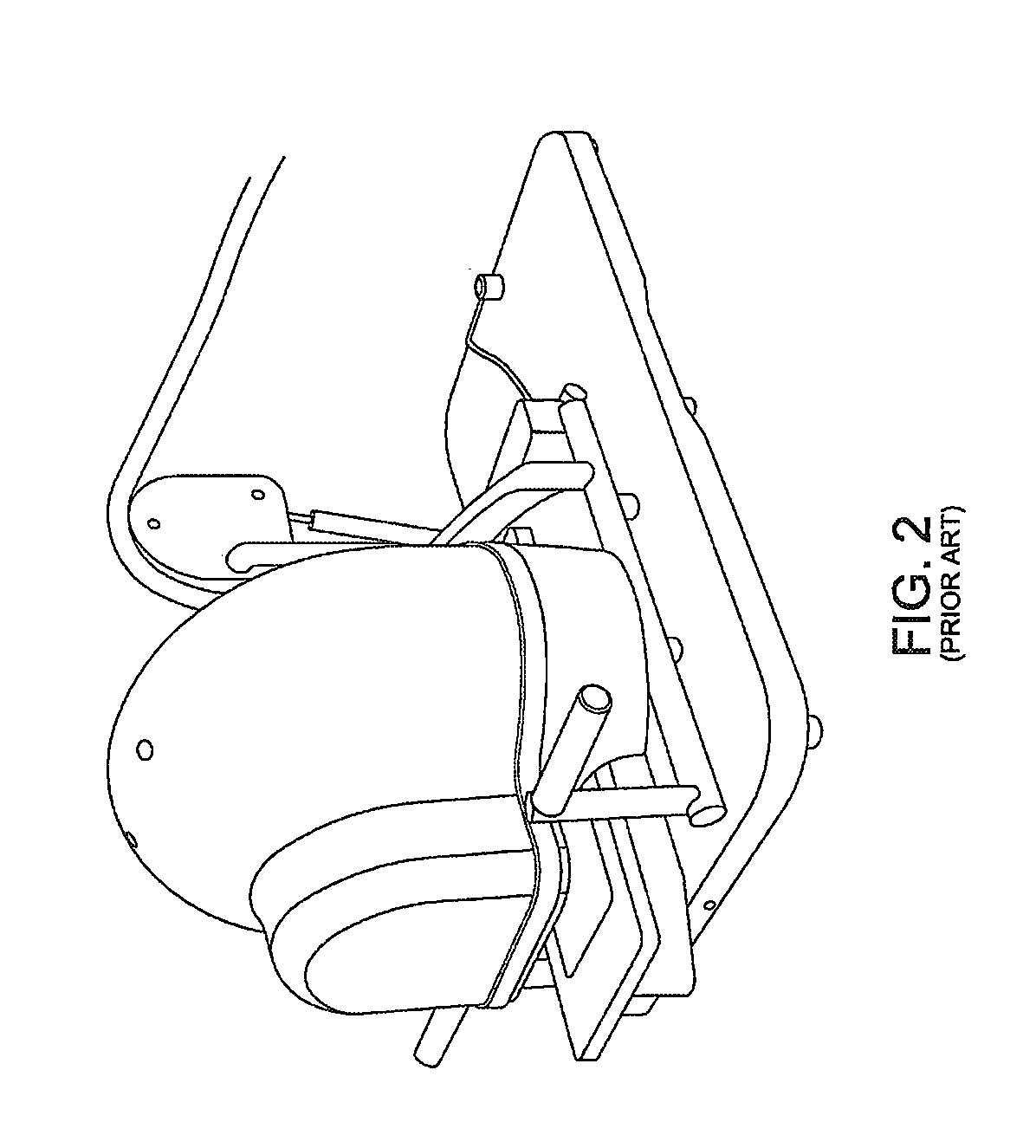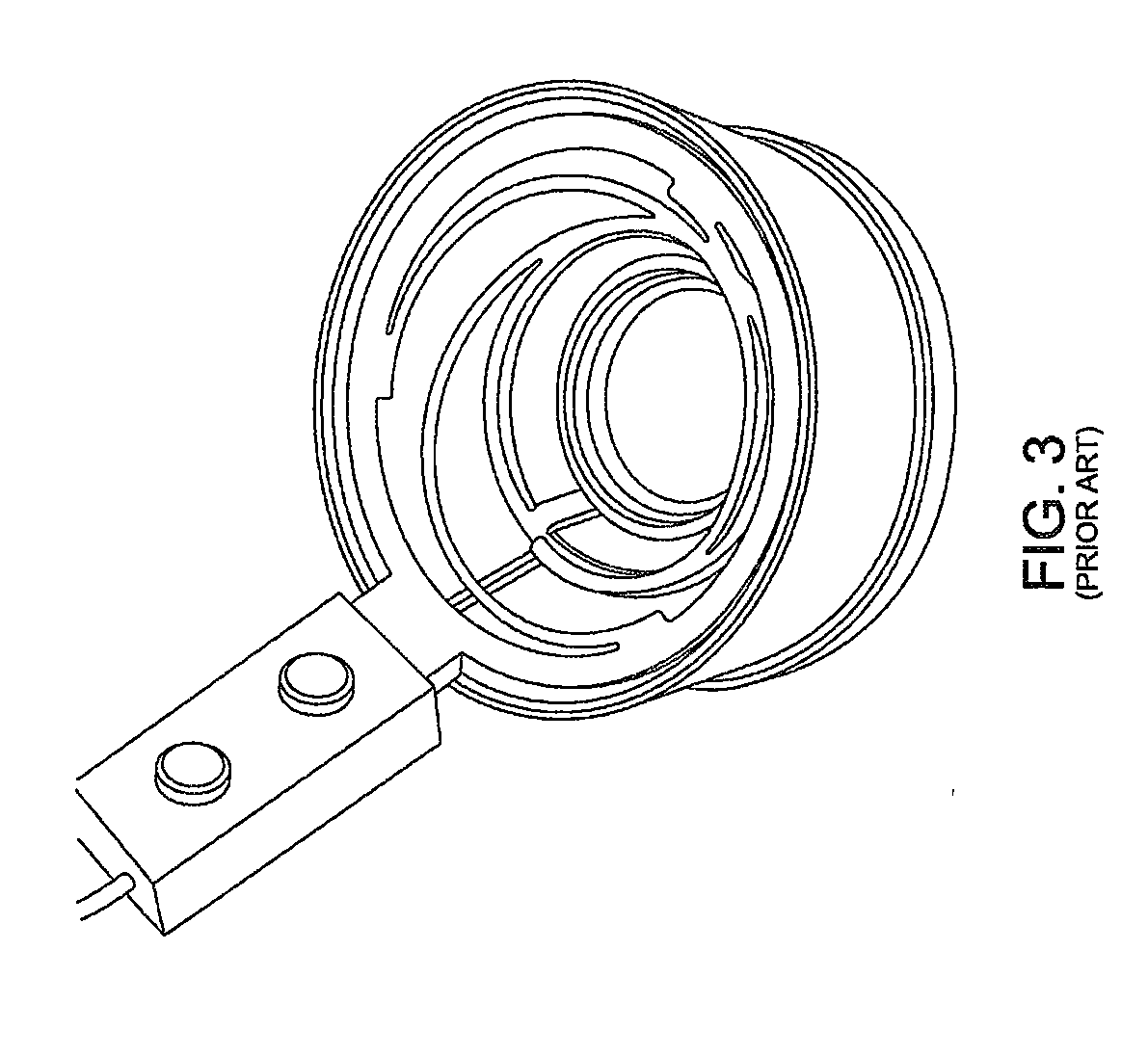Combined stimulator and electrode assembly for mouse electroretinography (ERG)
a stimulator and mouse technology, applied in the field of apparatus and methods for assessing ophthalmic electrophysiological signals, can solve the problems of time-consuming and labor-intensive, conducting ophthalmic electrophysiology on a mouse, and requiring personnel with specialized skills, so as to achieve quick and easy the effect of performing ophthalmic electrophysiology
- Summary
- Abstract
- Description
- Claims
- Application Information
AI Technical Summary
Benefits of technology
Problems solved by technology
Method used
Image
Examples
Embodiment Construction
[0064]The present invention provides a new and improved approach for quickly and easily performing ophthalmic electrophysiology on mice.
Combined Stimulator and Bipolar Electrode Assembly
[0065]In one form of the invention, and looking now at FIGS. 6-11, there is provided a combined stimulator and bipolar electrode assembly 5. Combined stimulator and bipolar electrode assembly 5 generally comprises a housing 10, a light pipe subassembly 15 and a light source subassembly 20.
[0066]Housing 10 preferably comprises a main body 22 having a cavity 25 formed therein, and a side arm 30 extending at an angle (e.g., 125 degrees) to the longitudinal axis of main body 22. Side arm 30 includes a cavity 35 formed therein, and a magnetic mount 40 (preferably in the form of a nickel-plated steel ball) secured to side arm 30.
[0067]Light pipe subassembly 15 is disposed partially within, and protrudes from, cavity 25 of main body 22. Light pipe subassembly 15 generally comprises a light pipe 45 formed ou...
PUM
 Login to View More
Login to View More Abstract
Description
Claims
Application Information
 Login to View More
Login to View More - R&D
- Intellectual Property
- Life Sciences
- Materials
- Tech Scout
- Unparalleled Data Quality
- Higher Quality Content
- 60% Fewer Hallucinations
Browse by: Latest US Patents, China's latest patents, Technical Efficacy Thesaurus, Application Domain, Technology Topic, Popular Technical Reports.
© 2025 PatSnap. All rights reserved.Legal|Privacy policy|Modern Slavery Act Transparency Statement|Sitemap|About US| Contact US: help@patsnap.com



